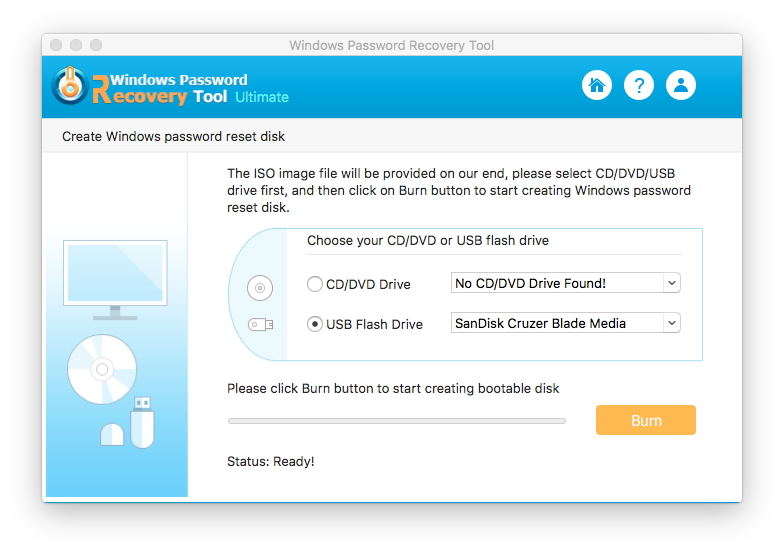
Rufus requires an account with admin access in order to make the necessary changes to hardware.Now, let's create our first bootable UFD using Rufus, shall we? Follow these steps: 8 GB USB flash drive (minimum recommended).Apple (or PC) running Windows XP or later (preferably Windows 7+).With that out of the way, let's look at the requirements for Rufus: Simply put, one machine can handle many different uses, as opposed to purchasing dedicated equipment for each supported OS type. Apple hardware supports these operating systems natively, making Macs a versatile choice for production equipment. Macs, on the other hand, have the ability to run Windows and countless Linux distributions alongside OS X or in place of it. The answer to that is quite simply "because you can." Apple hardware is similar to its PC counterparts in many ways except one: PCs can't natively run OS X without any software hacks involved. Why would you install any OS-besides OS X-on an Apple computer?


But before diving into that, I have a question of my own. After last week's article, " Pro tip: How to create a bootable USB drive to install Windows on OS X," I received feedback asking why anyone would install Windows on a Mac? This week's entry deals with creating UFDs that allow you to install many other operating systems with the help of a utility called Rufus.


 0 kommentar(er)
0 kommentar(er)
